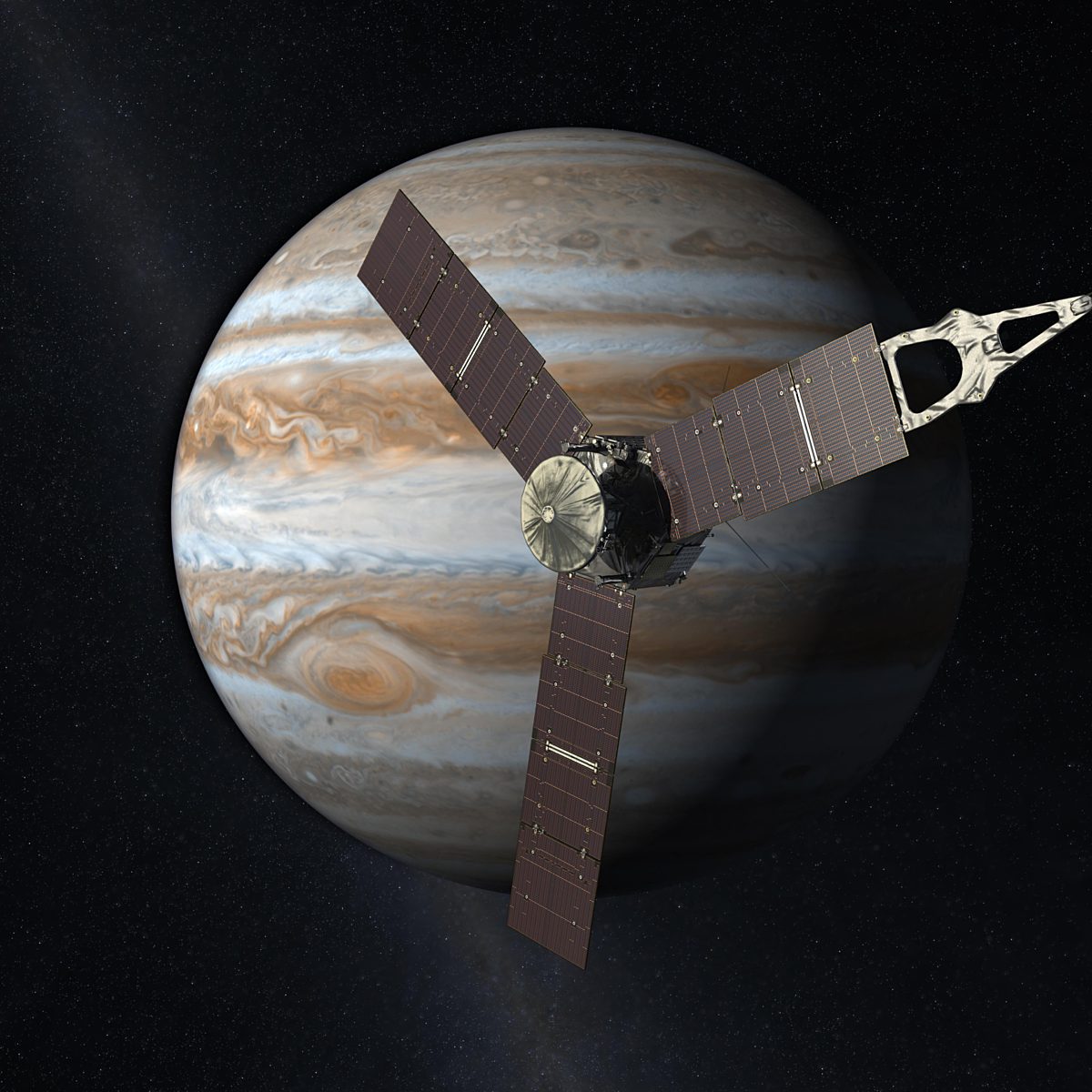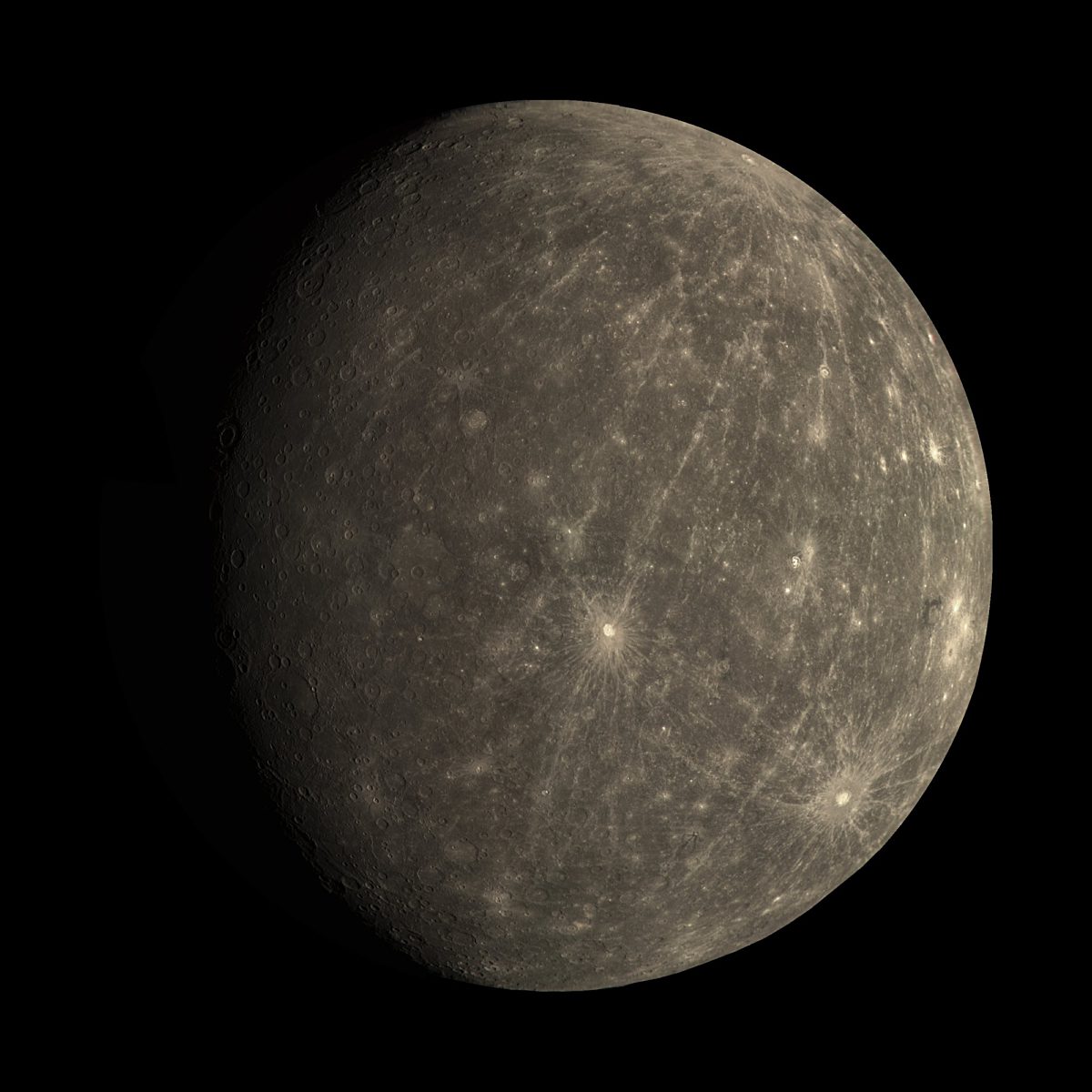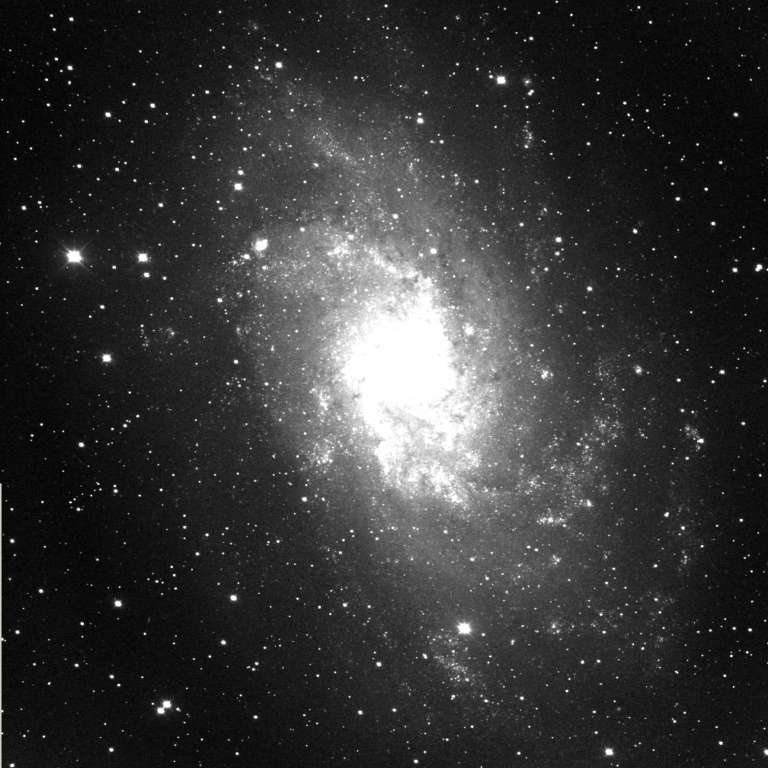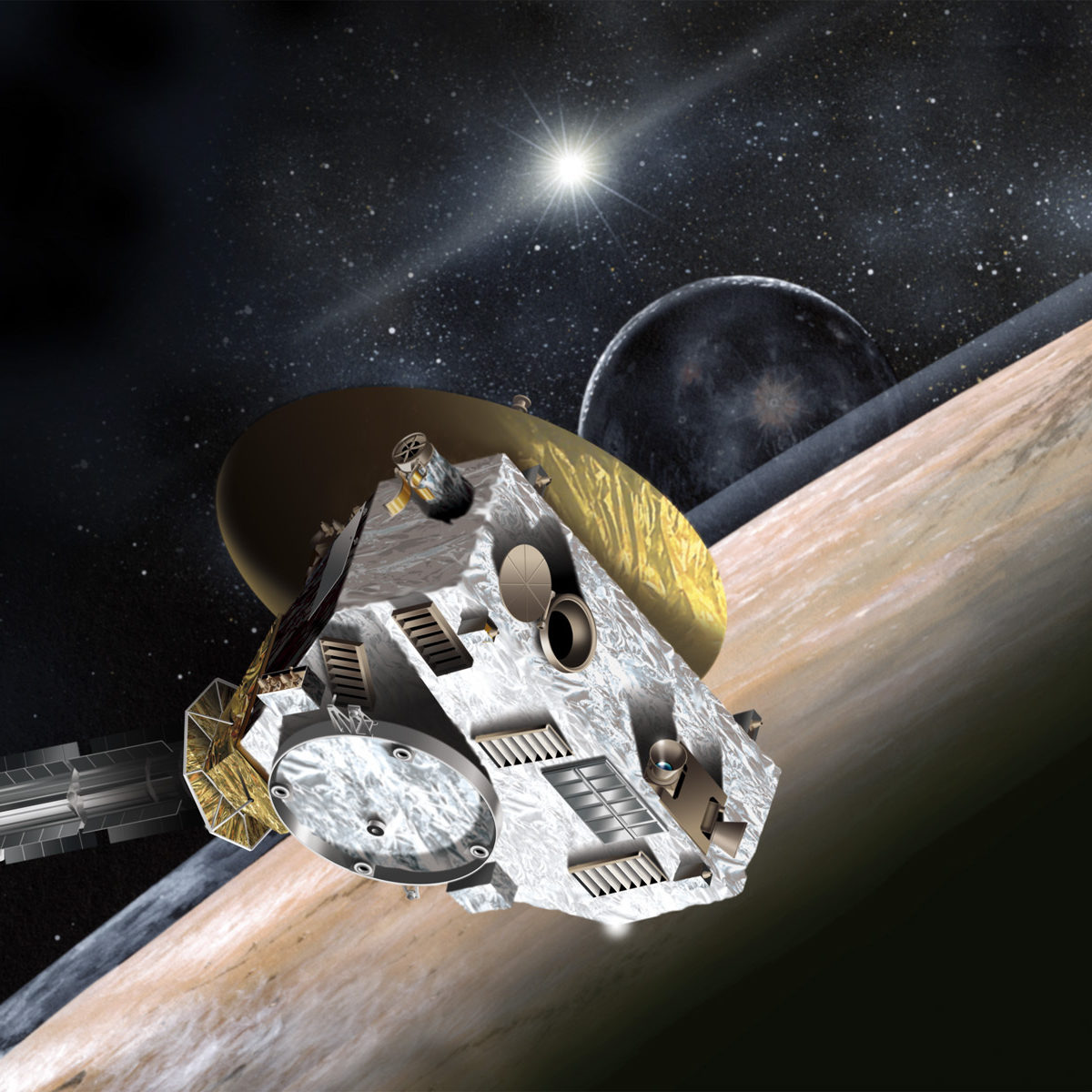All
All
Stories, updates, insights, and original analysis from The Planetary Society.
Detecting Spacetime Distortions
Katie Mack explains why the BICEP2 detection of primordial gravitational waves has left astrophysicists at a loss for words.
Eyes and stopwatch are all that are needed to help measure an invisible asteroid
Would you like to be part of one of the largest citizen-science efforts in the history of astronomy? The International Occultation Timing Association (IOTA) invites you to join in the campaign to observe and time the best and brightest asteroid occultation ever predicted to occur over a populated area – and no telescope is required!
Pounding the Pavement in Congress, Together
A coalition of grassroots pro-space advocates descended on Washington, D.C. this week, and held over 100 meetings with representatives and staff throughout Congress to argue for increased investment in NASA.
Naming asteroids in honor of Nelson Mandela
In which I ask the Internet to tell me about people who deserve to have an asteroid named for them because of their work to promote racial equality, human rights, and social justice.
Planetary Radio: NEOWISE PI Amy Mainzer
NEOWISE has reawakened to discover many more asteroids and comets. The mission leader thanks the amateur astronomers who follow up on these discoveries.
Conversations with an interplanetary spacecraft: "Hi, Juno!"
Juno's Earth flyby represented the first opportunity for many of the science instruments to be used on a planetary target. There were terrific photos of Earth and the Moon, plus a cool project to see if Juno could detect intelligent life on Earth.
America's Pastime: Planetary Science
Apologies to baseball fans and others for the theme of this week's Planetary Radio preview, which has star player Emily Lakdawalla on deck.
DPS 2013: Some quick updates on Mercury
Some notes from the first day of the Division for Planetary Sciences meeting on Mercury.
Working Together - Scientists & Historians, Professionals & Amateurs
From October 6 to 11, two divisions of the American Astronomical Society - Planetary Science and History - are meeting together for a combined annual conference. There will be several opportunities for the public to participate: a free public talk, several webcast lectures, a special online event for the Juno flyby of Earth, and a pro-am workshop on how amateur astronomers can contribute to planetary science.
Asteroid Telescope First Light
Using a Shoemaker NEO Grant a new telescope is operating in Illinois to do asteroid tracking.
Determining Near Earth Asteroids’ Properties from the California Desert
Shoemaker NEO Grant winner Bob Stephens specializes in lightcurves of near Earth asteroids to determine their physical properties. Here is an update on recent progress using his 2013 Planetary Society grant. This is the first in a series of updates on Shoemaker NEO Grant winners.
Return of the Pale Blue Dot
You can be part of a planetwide group photo as Cassini and MESSENGER turn their cameras Earthward on July 19.
Programmable Mars Watch for $50
Time is kept differently on Mars. This is because Mars itself rotates a little slower than Earth. This proves to be a pain when it comes to timekeeping.
Asteroids – what you can do
Partnering with our friends from The Planetary Society, the Space Generation Advisory Council (SGAC), whose members hail from all over the globe, is bringing you an update on our activities and something you can join in on—at least if you are a student or young professional aged 18–35.
Kuiper Belt Objects Submitted to Minor Planet Center
Recently, several of the Kuiper Belt Objects our team has discovered while searching for New Horizons post-Pluto flyby candidates have been submitted to the Minor Planet Center and their orbital information is now in the public domain.
Introducing PlanetFour
The Mars I study is really active; the surface constantly changes. We have collected a lot of image data about changing seasonal features near the south pole. There is so much that we can't analyze all of it on our own. We need your help, through a new Zooniverse project named PlanetFour.
Can you find a new planet?
A change in the Kepler data delivery process provides both scientists and the public to get involved in planet discovery.
Crowdsourcing the Andromeda Galaxy
Scientists would like your help starting at high-resolution images of the Andromeda Galaxy captured by the Hubble Space Telescope.
Citizen "Ice Hunters" help find a Neptune Trojan target for New Horizons
2011 HM102 is an L5 Neptune Trojan, trailing Neptune by approximately 60 degrees. This object was discovered in the search for a New Horizons post-Pluto encounter object in the Kuiper Belt.


 Explore Worlds
Explore Worlds Find Life
Find Life Defend Earth
Defend Earth


 Sun
Sun Mercury
Mercury Venus
Venus Earth
Earth Mars
Mars Jupiter
Jupiter Saturn
Saturn Uranus
Uranus Neptune
Neptune Small Bodies
Small Bodies














